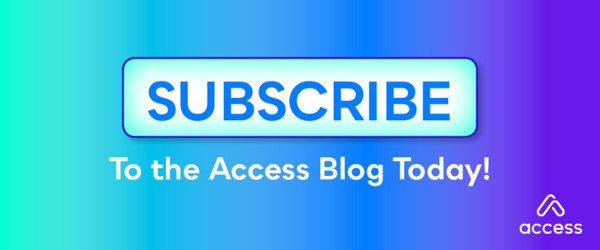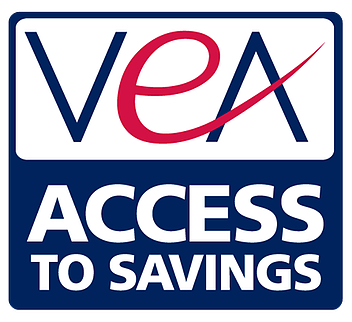Overcoming the Biggest Challenge Facing Education Associations Today
It’s a rough time for education associations.
As if life as an educator wasn’t hard enough – dealing with other people’s kids all day, parents who can be just as snot-nosed as the kids, not-so-great pay, tiny budgets to work with…this list could keep going for a while – now their associations are under fire from multiple angles.
One of the most difficult obstacles placed in front of education associations and other unions comes in the form of legislation that prevents these groups from allowing members to pay dues through payroll deduction. After years of allowing members to automatically pay their dues this way, it’s literally a crime in many states to deduct funds from payroll.
The challenge for these associations is proactively transitioning members to electronic withdrawal.
It’s a challenge because members are suddenly going to get very clear insight into how much they’re spending to be a member of that association. They’re going to want to know what they’re getting in return.
It’s a challenge because many of these associations aren’t prepared to communicate exactly how those dues are helping the member, at least in a way that inspires the member to say, “Oh, great, here’s my bank account.”
It’s a life-or-death predicament that’s already caused thousands to leave their associations. But it’s not the end of their success. 
Value Conquers All
The solution returns to the same basic issue every business faces: offering and communicating relevant value.
Political actions and continuing education opportunities are important – the very crux of why the associations exist, actually – but they’re not going to stand out when a member is forced to make a dollars-and-cents decision.
More than ever, it’s important for associations to be able to show some sort of tangible impact on their members’ lives. By tangible, we mean something that they can easily identify and measure.
This burden falls largely on member benefits, where members will have their most frequent interaction with an association. It means placing an emphasis on insurance, health benefits, specialized services such as credit union accounts, and member discounts.
A well-crafted discount program is probably the easiest way to show a direct relationship between membership and money in a member’s pocket. By offering an exclusive discount program with local merchants (because over 90% of spending still happens in-store), associations give their members an opportunity to offset their dues, making renewal and acquisition a much simpler process. (They also make for a great incentive to switch members over to electronic draft!)
Even better, we’ve found that people who become engaged with the discounts will become more engaged with the association and its larger goals.
Show What’s in it For Them
The economy is recovering, but as we learned during the holiday season, people are accustomed to their frugal, penny-pinching lifestyles. They will spend, however, when they recognize the value. They’ll invest in items and services they see as having a clear “what’s in it for me.”
Associations do great work for their members, but much of that is difficult to communicate in such a way that it inspires someone to grant access to their finances. Yet these are the conversations they’re being forced to have, the evidence they’re being asked to provide.
The good news? For many of these associations, the value is already there; they just need to express it clearly. For everyone else, a sharper focus and investment in high-usage member benefits can turn a potential crisis into a simple hiccup.
(Teacher image courtesy of James Buck)
Topics: Member Benefits
Written by: Brandon Carter





.jpeg)







Share your Comment.